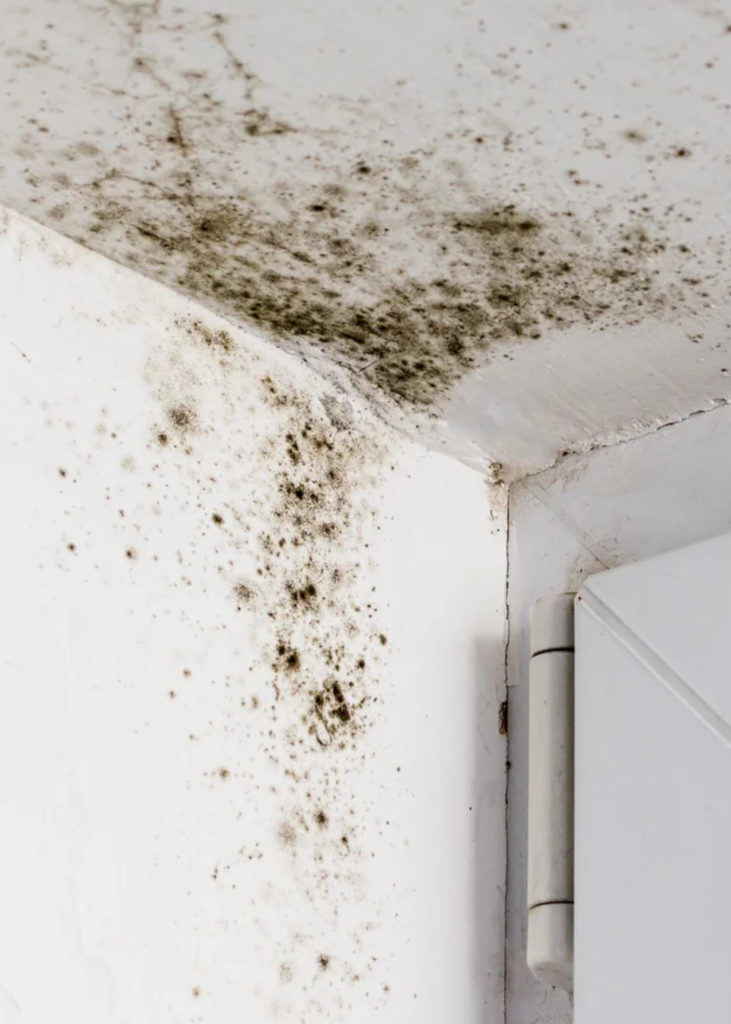When booking a hotel, most travelers worry about cleanliness, comfort, and amenities—but few consider the risk of toxic mold. Mold growth in hotels can lead to serious health issues, especially for those with allergies, asthma, or weakened immune systems. In this blog, we’ll discuss:
- The health risks of toxic mold in hotels
- Which hotels are most likely to have mold problems
- How to check for mold in your hotel room
- Why booking newer hotels (like those on NewHotelFinder.com) is the safest choice
The Health Risks of Toxic Mold in Hotels
Exposure to mold can cause a range of health problems, including:
- Respiratory issues (coughing, wheezing, sinus congestion)
- Allergic reactions (sneezing, skin rashes, itchy eyes)
- Headaches and fatigue
- Long-term complications (chronic sinus infections, weakened immune response)
Black mold (Stachybotrys chartarum) is particularly dangerous, producing mycotoxins that can lead to severe illness.
Which Hotels Are Most Likely to Have Mold?
Not all hotels are equal when it comes to mold risk. The following are more likely to have mold problems:
1. Older Hotels with Poor Maintenance
- Outdated HVAC systems can trap moisture.
- Leaky roofs, plumbing issues, and poor ventilation contribute to mold growth.
2. Hotels in Humid Climates
- Tropical destinations (Florida, Caribbean, Southeast Asia) have higher humidity, increasing mold risk.
3. Budget Motels with Low Cleaning Standards
- Cheap hotels may cut corners on deep cleaning and maintenance.
4. Hotels with Recent Water Damage
- If a hotel has had flooding or leaks, mold may be present behind walls or under carpets.
How to Check for Mold in Your Hotel Room
Before settling in, inspect your room for these warning signs:
1. Musty Odors
- A strong, damp smell is a red flag for hidden mold.
2. Visible Mold Spots
- Check bathroom ceilings, shower curtains, window sills, and air vents.
3. Water Stains or Peeling Wallpaper
- Discoloration on walls/ceilings suggests past water damage.
4. Poor Air Quality
- If the room feels stuffy or triggers allergies, mold spores may be circulating.
5. Malfunctioning AC Unit
- A/C units that drip water or blow musty air can spread mold.
If you spot any of these signs, request a room change or switch hotels immediately.
Why NewHotelFinder.com is the Best Way to Avoid Moldy Hotels
The easiest way to reduce your risk of mold exposure is by staying in newer hotels, and that’s where NewHotelFinder.com excels. Here’s why:
✅ Newer Hotels Have Updated HVAC Systems – Modern air conditioning reduces moisture buildup.
✅ Strict Cleaning Protocols – New hotels follow higher hygiene standards.
✅ Less Wear and Tear – Fresh construction means fewer leaks and water damage.
✅ Better Ventilation – Newer designs prioritize airflow to prevent mold growth.
By booking through NewHotelFinder.com, you can filter for recently built hotels, ensuring a cleaner, healthier stay.
Final Thoughts
Toxic mold in hotels is a real but often overlooked danger. By knowing the risks, inspecting your room, and choosing newer hotels (like those on NewHotelFinder.com), you can protect your health and enjoy a worry-free trip.
Have you ever encountered mold in a hotel? Share your experience in the comments!
Disclaimer: This blog is for informational purposes only. If you suspect mold exposure is affecting your health, consult a medical professional.

Northeast Cities: New York City – Brooklyn – Boston – Washington, D.C. – Baltimore – Philadelphia
Midwest Cities: Chicago – Detroit – Minneapolis – St. Louis – Cleveland
South Cities: Dallas-Fort Worth – Houston – Miami – Atlanta – Tampa – Charlotte – Orlando
West Cities: Los Angeles – San Francisco – Seattle – San Diego – Denver – Las Vegas – Phoenix – Portland – Salt Lake City